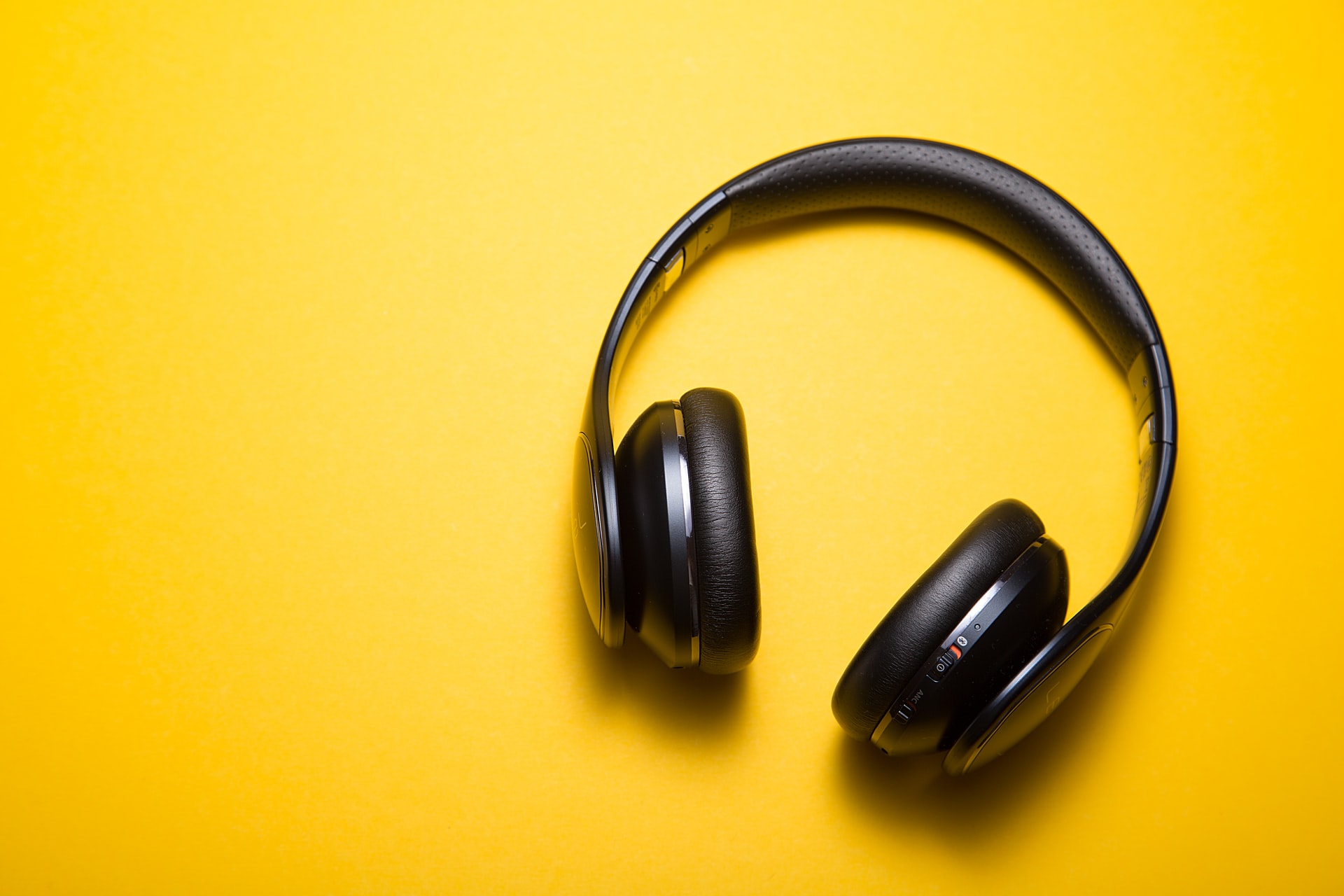
During lockdown 1.0, publishers saw digital audio consumption increase up to more than 30%; with 74% of listeners intending to continue engaging at the same rate. Lockdown 2.0 further cemented streaming and podcast content as the consumer’s constant companion, making it crucial for the industry to harness its large-scale connection potential.
To achieve that, however, advertisers will need a better understanding of how they can turn this developing opportunity into their newest headline act. Rising interest among media buyers isn’t new: 2019 studies show 60% already planned to increase their spending over the coming 18 months. But adoption has been held back by uncertainty around inventory supply, measurement, and available technology.
Why now?
Digital audio has long offered huge scope for meaningful one-to-one interaction across an expanding range of audiences and devices. The main reason for its recent popularity surge is a blend of accessibility and adaptability. Unlike many other mediums, digital audio can carry on regardless of COVID-19 lockdown restrictions; with digital-first creators able to continue and even boost content production independently and at low cost.
From the listener perspective, audio is also uniquely positioned to fit the shift to remote working; providing screenless content audiences can enjoy as they go about other tasks. Research from the Internet Advertising Bureau (IAB) revealed that 74% of those who have been streaming more music and 62% of those consuming more podcasts since the outbreak plan to continue doing so. For advertisers, the spike in supply and demand adds irresistible allure to an already enticing proposition that includes highly immersive environments, 100% share of voice, and the potential to boost incremental impact for multi-media campaigns. In a digital climate where competition for attention is stronger than ever, digital audio presents an opportunity few can afford to miss.
What’s the hold up?
While barriers to entry may be few for creators and listeners, many buyers have struggled with several challenges. Top of the list is measurement; with 49% saying they want to understand the precise impact ads have on revenue. This isn’t that surprising given the rising pressure to provide tangible evidence of success, but the problem is being exacerbated by inconsistent measurement approaches.
Following close behind are concerns about technology availability; cited by 44% of buyers and mostly driven by limited knowledge of current tools. Significant changes over the last decade have not only enabled listeners to access content however they choose, but also driven the emergence of smart new tech. These extended horizons, however, have caused confusion around how digital audio can be best leveraged; a factor that also goes some way towards explaining why 29% of buyers are anxious about publisher partnerships.
The next phase of audio evolution
Amid increasing determination to remove key obstacles, progress is being made to bolster digital audio scalability. The latest open measurement SDK from the IAB — version 1.3 — was the first to include audio-specific metrics; paving the way for more consistent assessment of campaigns across platforms and channels. Recently, the IAB Europe launched the ‘Buyer’s Guide to Digital Audio’; a comprehensive handbook that gives clarity on core definitions and detailed insight into the development of digital audio advertising and best practices.
At the same time, advertising platforms are working to help improve access and knowledge for buyers on multiple fronts, especially when it comes to programmatic audio. Building more direct ties with digital publishers is allowing advertisers to buy brand-safe, premium quality and curated inventory in real time, as well as providing more precise targeting abilities.
Crucially, a concerted effort to increase recognition of digital audio advertising options and the need for objective-led strategy is also helping advertisers maximise the value of their investments. For example, greater appreciation of the need to ensure metrics are aligned with specific outcomes and measurable actions — such as information requests — is enabling advertisers to use audio ads as a means of driving both lower funnel activity and upper funnel objectives, such as brand awareness.
Meanwhile, education around evolving advertising techniques is opening the door to more engaging ad experiences; with advances in voice-activated conversations, dynamic contextual targeting — including matching ads to current playlists, weather conditions, and location —and immersive 360-degree soundscapes pushing the boundaries of audio innovation.
There are many opportunities ahead for advertisers to connect with deeply engaged audio audiences through highly targeted programmatic ads in more personal and precise ways. Leveraging new industry standards, advanced tools and the knowledge of audio specialists will be essential to put their audio efforts on track for success.

Interested in hearing leading global brands discuss subjects like this in person?
Find out more about Digital Marketing World Forum (#DMWF) Europe, London, North America, and Singapore.






